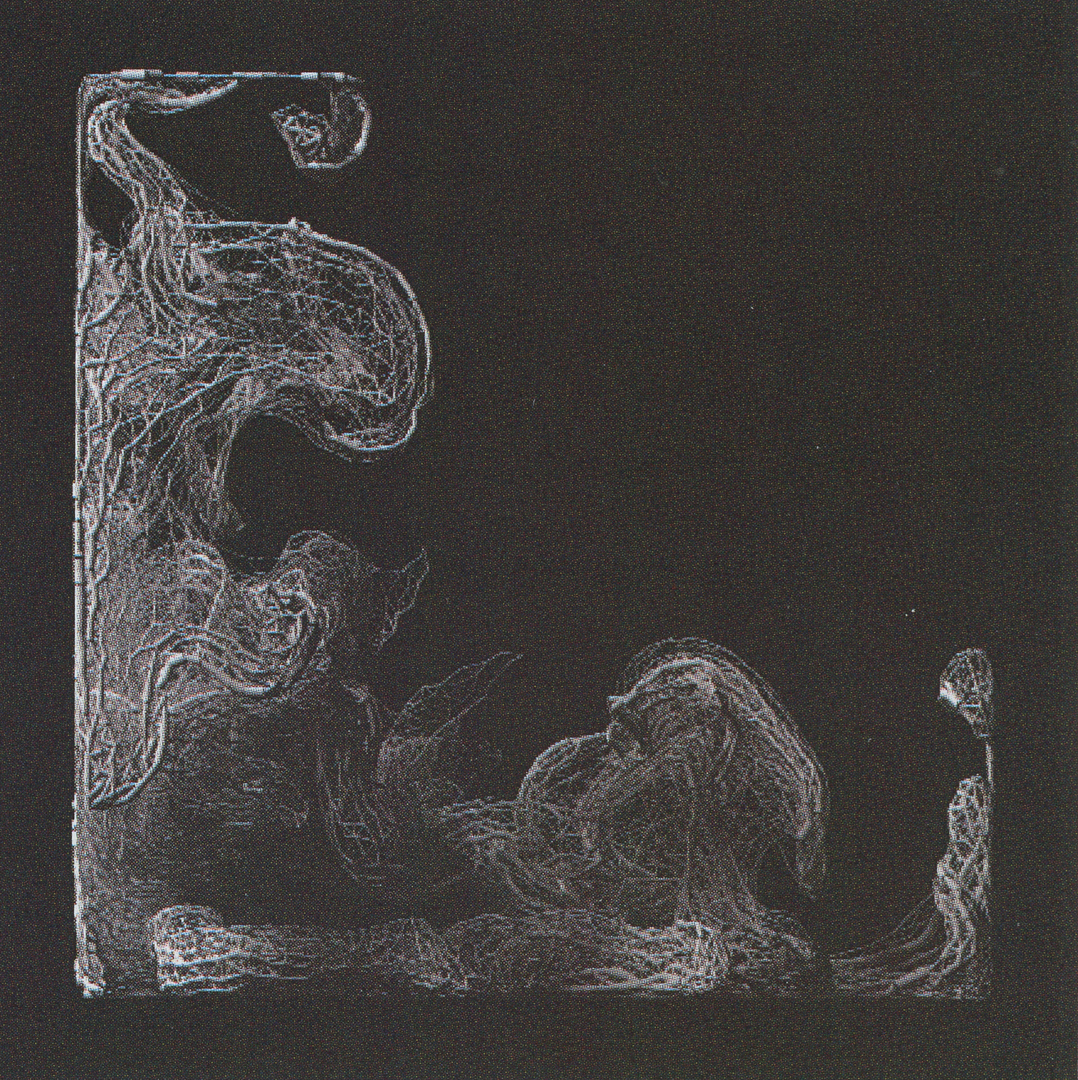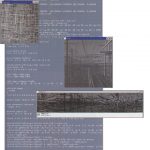Mark J. Stock: Refinery #53, Mesh #3 Iso
Artist(s):
Title:
- Refinery #53, Mesh #3 Iso
Exhibition:
Creation Year:
- 2002
Medium:
- lightjet prints on photographic paper
Category:
Keywords:
Artist Statement:
The universe is rich with competing forces whose confluence creates the spatial and temporal patterns and shapes that we, as humans, experience every day. Any given force or effect (gravity, erosion, viscosity) operates over many scales of time and space, but is typically dominant over a smaller range. The bounds of this range are where alternative forces’ influences become considerable. The characteristics of the pattern or behavior resulting from each dominant force are different, and at the length and time scales where two dominant forces overlap, new patterns will emerge.
I use computer simulation of natural and artificial phenomena to visualize patterns created from either the isolation of a particular dominant force or the interplay between co-dominant forces. An advantage of working with computer models for these physical systems is the availability of data for any component of the system: effectors or inerts can be made visible and temporal, spatial dimensions can be swapped, and non-physical projections of the data can be created. New patterns can be explored by nearly any combination of forces or projections. The aim of my work is creative exploration of this space.
A paradox of real and unreal natures exists in Mesh #3 Iso. The image is a photometrically accurate computer rendering of a specific scene. The scene is composed of cylinders assembled into a structure that could not possibly support itself if manufactured. Each visually solid cylinder represents the mathematical “vortex core” of a small packet of air. The arrangement of these vortex cores is the result of a computational fluid-dynamic simulation of the self-evolution of vortexes in free space. The initial conditions that resulted in this shape were completely arbitrary and unrealistic. The superposition of these real and unreal elements pulls the viewer’s perceptions in opposite directions.
In the future, when personal entertainment relies on fooling a viewer with scenes of natural and constructed objects and behavior, the lines between nature’s actual behavior and a computer’s simulation will be gone. The laws of physics used to calculate visually realistic images will be mutable, even irrelevant.
Technical Information:
The algorithm used to create the subject in Mesh #3 Iso is called a vortex method. The rotations that make up a turbulent flow can be described by a collection of small vortex elements, represented in this method by short segments. Each vortex element influences air near it to rotate around it. The summation of the effects of all of these vortex elements creates a complicated flowfield that we recognized as turbulence. The computer simulation marches forward in time, updating the position of the mesh at regular time intervals. The mesh of vortex lines is periodically written to a file in the form of a long list of cylinder descriptions.
Test renders were made of several interesting-looking “frames” in this time sequence. The frame that worked best was one that exhibited enough wall interaction while retaining some remnant of the initial symmetry. An isometric view was chosen to reveal the sharp boundaries of the virtual box enclosing the flow.
The scene in Refinery #53 was far simpler to design, though more attention to detail was required during the piece’s execution. Custom software was written to fill a Cartesian grid space with continuous and non-overlapping pipe segments. Parameters to the program were varied and output visualized until a scene with sufficient visual density was created. The cylindrical viewpoint and high resolution warranted a detailed and time-consuming pseudo-radiosity calculation in the rendering stage.
All of my rendering is done with Radiance because it incorporates a lighting model that can quickly and accurately calculate the effect of light inter-reflection throughout the scene. This, more than clever light placement or excessive texture mapping, allows an image to instill a sense of realism.
Once the scene has been described, Radiance compiles it into an octree, which is then used to speed up intersection tests in the ray-tracing routine. During rendering, results from the inter-reflection calculation are cached in a separate file. This aids in view selection by reducing the turnaround time for preview renders.
Programs included with Radiance were used to downsample the final rendered image and reduce the intrinsic high-dynamic-range image for print.
Affiliation Where Artwork Was Created:
- University of Michigan







